2018 Adventures
Today is the day we start our true adventures in San Francisco.
After a bit of breakfast in our room we headed over to the cable car station and purchased our 7 day SFTMA Visitor ticket. $43 USD for the week. I think it will be the best value out of everything we purchase while we are here. We decided that the best way to see SanFran is on the Muni bus, Historic Cable cars and the refurbished street cars. We considered going on a Hop-on-Hop off tour, but in the end we decided that we could get everywhere with our bus ticket and walking.
brenda stanger
104 chapters
16 Apr 2020
San Francisco
Day 2 - Chinatown and around San Fran
Today is the day we start our true adventures in San Francisco.
After a bit of breakfast in our room we headed over to the cable car station and purchased our 7 day SFTMA Visitor ticket. $43 USD for the week. I think it will be the best value out of everything we purchase while we are here. We decided that the best way to see SanFran is on the Muni bus, Historic Cable cars and the refurbished street cars. We considered going on a Hop-on-Hop off tour, but in the end we decided that we could get everywhere with our bus ticket and walking.

So.. with the ticket in hand we hopped aboard the Mason Cable Car line and headed to the downtown area. We originally planned on getting off at the Cable Car Museum, but we missed our stop and ended up at Market Street. We took the opportunity to walk around the Union Square area and do a little window shopping. From there we walked up to Grant Street and headed for Chinatown.
San Francisco has the oldest and largest Chinatown in North America. Historically it was the starting point for most new Chinese immigrants giving it a special place in the hearts of their families. The first Chinese immigrants (2 men and 1 woman) arrived in 1848 on a two-masted sailing ship, The Eagle. They were soon followed by thousands more who worked for labor-hungry companies, such as the First Transcontinental Railroad and large mining operations, or who prospected for gold until a law passed making this pursuit illegal
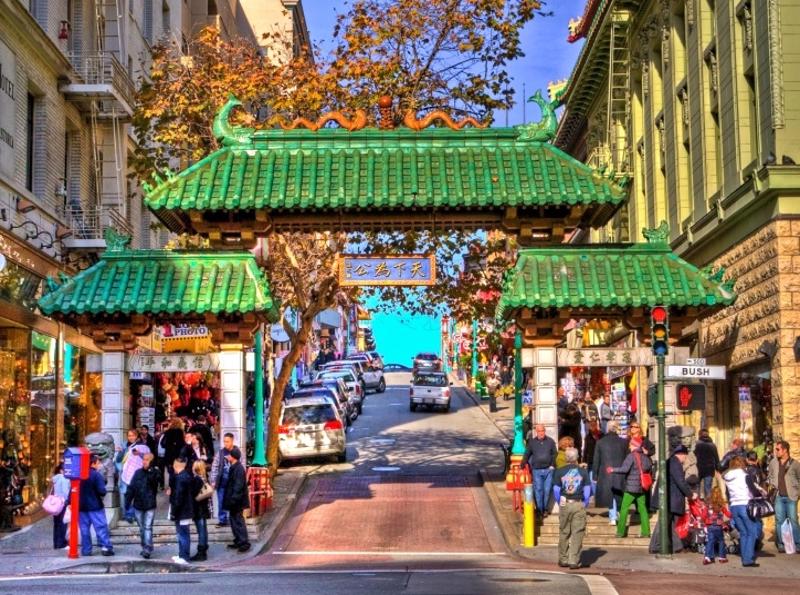

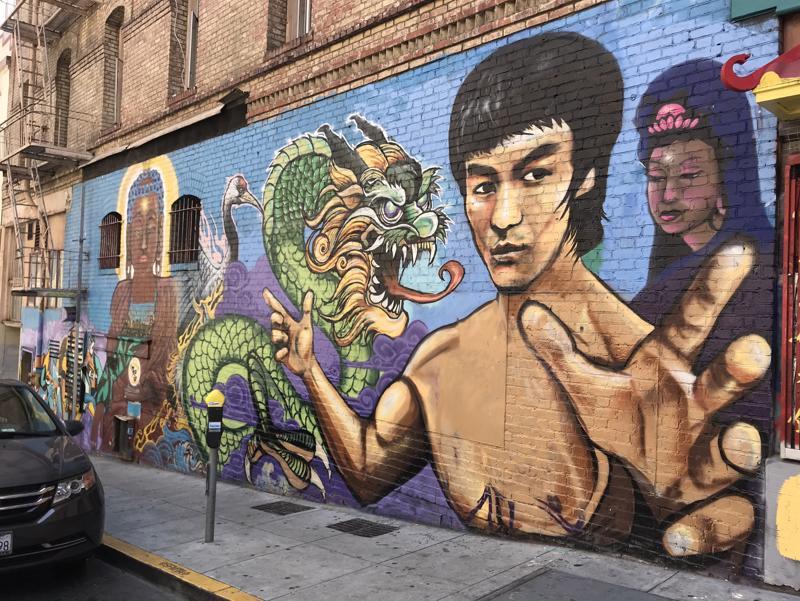
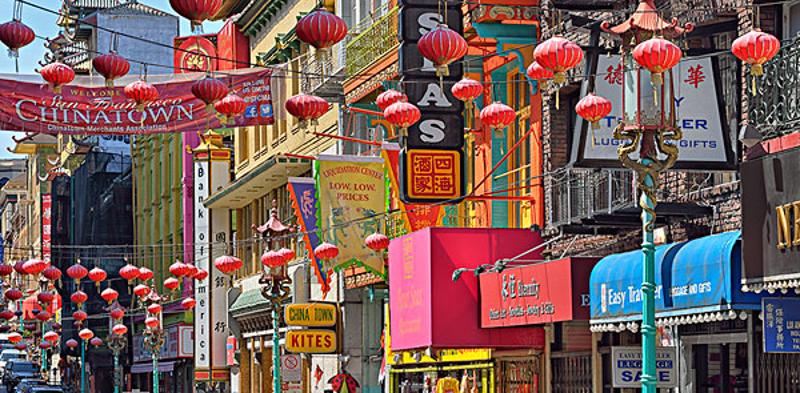
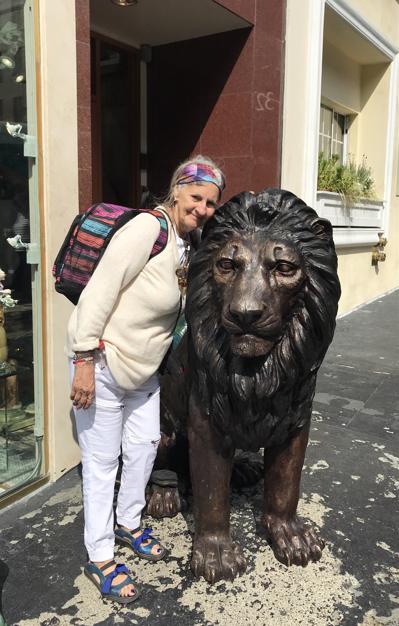

to Chinese.
During the late 1800s Chinatown was a dense, poverty-stricken ghetto populated by recent immigrants. It was also deeply involved with all the evils of the Barbary Coast. Criminal Chinese Tongs (gangs) gained a hold of the immigrants and their hold wasn’t really loosened until the early 1900s when legitimate merchants and a much stronger police force eventually gained back control.
The Barbary Coast was born during the California Gold Rush of 1849, when the population of San Francisco was growing at an exponential rate due to the rapid influx of tens of thousands of miners trying to find gold. The early decades of the Barbary Coast would be marred by persistent lawlessness, gambling, administrative graft, vigilante justice, and prostitution.
The 1906 earthquake fires completely burned down all wooden structures in old Chinatown and most of Barbary Coast. The Chinatown neighborhood was rebuilt by commercial interests, making it a friendly tourist attraction consisting of “veritable fairy palaces filled with choicest treasures of the Orient.”
We started our exploration at the official entrance to Chinatown - The Dragon Gate (dragons, fish and big lions on this ornate pagoda-topped gate guard the southernmost entrance to Chinatown). Also known as Gateway Arch, this is the only authentic Chinatown Gate in North America (it uses old historic materials donated by The Republic of China in 1969). Like similar ceremonial gates in Chinese villages there are three passageways: two small side ones for common folks and a large center passageway for dignitaries.
We wandered up Grant Street amongst the tourist shops and local goods until we found the Eastern Bakery. The Eastern Bakery is the oldest known Chinese bakery in Chinatown. It was founded in 1924 by the Lee Family and has been continually operating for 93 years. We lined up with the other folks and picked out a couple of Baked BBQ Pork Buns to start our "Foodie Tour" of the day.
From there we headed over to Ross Alley to find the famous Golden Gate Fortune Cookie Factory. It has been in operation since 1962, producing many different types (traditional, almond, chocolate, naughty, etc.) of fortune cookies. About 20,000 fortune cookies are made in this have small labor-intensive factory. The flat circular cookie dough is pulled off a hot press, after which a paper fortune is attached, and then the dough is reshaped over a steel rod into the final fortune cookie … all by hand. Line up for free hot samples, take a picture for $.50, or buy a bag of cookies for $3.50 from the friendly entrepreneurs here. We left with a couple of "seconds" in hand in search of our next Chinatown historical sighting.
As we continued along in our walking adventure we came across The Old St. Mary's Church. It was built in 1853 and is the only building to survive the fire that destroyed Chinatown after the 1906 earthquake. It has been beautifully restored and you can see the fire damage on
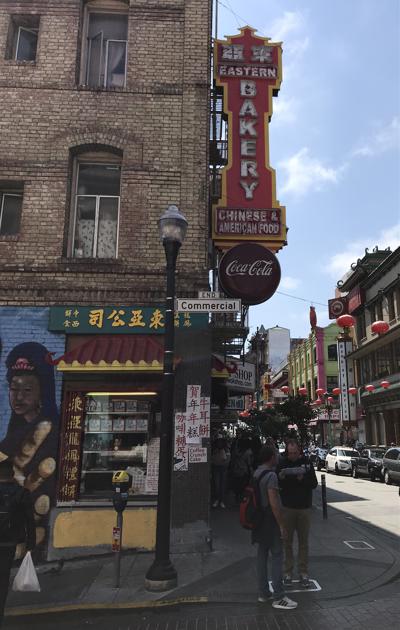
many of the bricks outside (called clinker bricks). Another great Chinatown gem is the Old Telephone Exchange. Formerly the Bank of Canton, this used to be the Chinese Telephone Exchange where Chinese women operated a switchboard where they had to know the names and numbers of every resident of Chinatown (and speak Cantonese, Mandarin and English).
We stopped along the way at Portsmouth Square to take in the action of a typical day for the locals in Chinatown. Portsmouth Square is where the city of San Francisco got it's start. The first houses were built here, and Captain Montgomery raised the American flag here in 1846, claiming the area for the United States. Portsmouth Square is the center of Chinatown, and a favorite spot for tai chi and Chinese chess games by the residents. It's not a particularly attractive square but it played a major role in SF history. We had a seat on a nearby bench and watched people gambling, playing card games and
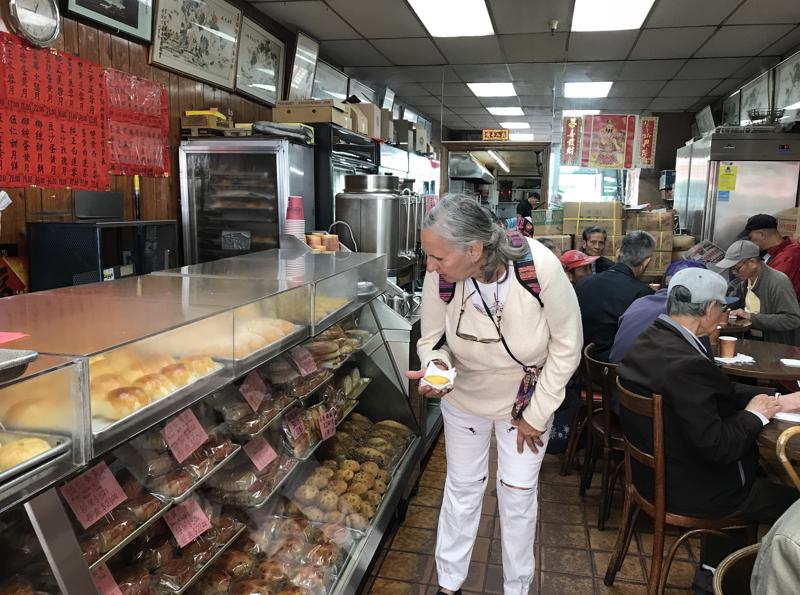
listened to live music; all taking place in this bustling park.
A trip to Chinatown isn't complete without a glance down the Chinatown Alleys. It can be one of the most appealing parts of Chinatown. Getting off the main artery of Grant Avenue and exploring the little side streets will give you a more authentic look at the culture; this is where much of the life of this community occurs, with little shops, mah jong parlors, hanging laundry, etc. Travel to China without a passport!
Next stop - California Street Cable car.
This cable car takes you right down to the Embarcadero and The Ferry Terminal Building.
Opening in 1898, the Ferry Building became the transportation focal point for anyone arriving by train. From the Gold Rush until the 1930s, arrival by ferryboat became the only way travelers and commuters – except those coming from the Peninsula – could reach the city. Passengers off the boats passed through an elegant two-story public area with repeating interior arches and overhead skylights. At its peak, as many as 50,000 people a day commuted by ferry. In March 2003, the landmark San Francisco Ferry Building reopened to the public after an extensive four-year restoration. The Ferry Building Marketplace -- a world class public food market -- is organized along a dramatic indoor street, the Nave.
The Ferry Building Marketplace reminds me of a small scale Grandville Island. It attracts a ton
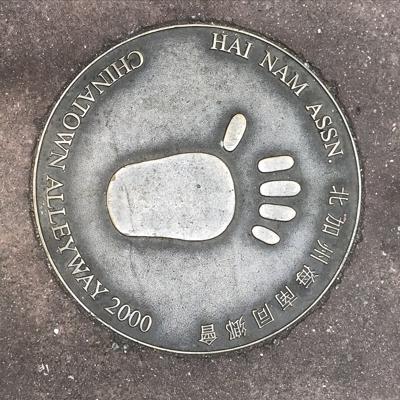
of visitors and locals alike. The variety of food stalls and restaurants is unbelievable. You can get anything from fresh farm-to-table snacks to a sit down high end restaurant on the waterfront. Mom and I came across a great Argentina Empanada Stall. Snacks in hand we headed outside to take in the waterfront and the action of the ferries coming and going.
After a wonderful day touring we headed back to our hotel to kick up for a few hours. After a busy day of touring I thought I'd have a small nap before we headed out for dinner. Next thing I knew it was dark out, the blinds were pulled and it was 11:30 pm. Mom was tucked into bed and so I too called it night and climbed back into bed.
What a wonderful day!
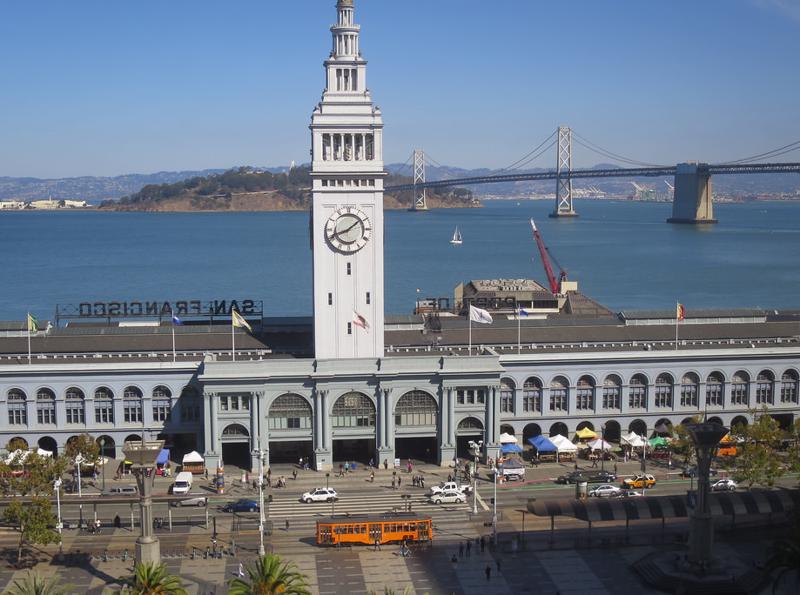
1.
Year of Travel
2.
Sosua - Dominican Republic
3.
Our Adventures So Far...
4.
Beach Life
5.
Our Favourite Restaurants in Sosua
6.
Fun with Friends
7.
Sosua Continued
8.
Sun, Surf and Sand
9.
Samana Peninsula
10.
Sosua Highlights
11.
USA Road Trip
12.
Texas
13.
Texas
14.
Louisiana - NOLA
15.
Louisiana - NOLA
16.
Louisiana - NOLA
17.
Alabama
18.
Alabama to Tennesse
19.
Tennesse - Nashville
20.
Tennesse - Nashville
21.
Tennesse - Nashville
22.
Tennesse - Memphis
23.
Tennesse - Memphis
24.
Tennesse - Memphis
25.
Summer at Home
26.
Westcoast Adventures
27.
Europe
28.
Europe - Budapest
29.
Europe - Budapest
30.
Europe - Vienna
31.
Europe - Vienna
32.
Europe - Vienna
33.
Europe - Prague
34.
Europe - Prague
35.
Europe - Prague
36.
Europe - Berlin
37.
Europe - Berlin
38.
Europe - Berlin
39.
Europe - Salzburg
40.
Europe - Salzburg
41.
Europe - Salzburg
42.
Europe - Salzburg
43.
Europe - Salzburg
44.
Europe - Innsbruck
45.
Europe - Innsbruck
46.
Europe - Bad Ragaz
47.
Europe - Bad Ragaz
48.
Europe - Lindau
49.
Europe - Lindau
50.
Europe - Fussen
51.
Europe - Fussen
52.
Europe - Freising and Munich
53.
San Francisco
54.
San Francisco
55.
San Francisco
56.
San Francisco
57.
San Francisco
58.
San Francisco
59.
Canada Road Trip
60.
On the Road to Ontario
61.
Ontario - Thunderbay
62.
Ontario - Thunderbay
63.
Ontario - Thunderbay
64.
Ontario - Toronto
65.
Ontario - Ottawa
66.
Ontario - Ottawa
67.
Quebec - Montreal
68.
Quebec - Montreal
69.
Quebec - Montreal
70.
Quebec - Quebec City
71.
Quebec - Quebec City
72.
Quebec - Sainte Flavie
73.
New Brunswick - Bathurst
74.
New Brunswick - Shediac
75.
New Brunswick - Shediac
76.
Prince Edward Island - Charlottetown
77.
Prince Edward Island - Road trip
78.
Prince Edward Island - Charlottetown
79.
Prince Edward Island - More exploration
80.
Nova Scotia - Halifax
81.
Nova Scotia - Halifax
82.
Nova Scotia - Halifax
83.
Nova Scotia - Sydney
84.
Newfoundland - Channel-Port
85.
Newfoundland - Rocky Harbour
86.
Newfoundland - Rocky Harbour
87.
Newfoundland - St. John's
88.
Newfoundland - St. John's
89.
Newfoundland - St. John's
90.
Newfoundland - St. John's
91.
Newfoundland - St. John's
92.
Newfoundland - Travelling
93.
Nova Scotia - Sydney
94.
New Brunswick - Saint John
95.
Maine - Portland
96.
Massachessets - Cape Cod via Boston
97.
Massachusetts - Cape Cod
98.
Massachusetts - Cape Cod
99.
Pennsylvania - Clearfield
100.
Illinois - Chicago
101.
Illinois - Chicago
102.
Illinois - Chicago
103.
Heading Home
104.
Our Year at a Glance